|
After last week’s “Story in Stone,” I was “jonesing” for a more sizable grave monument to write about. As I was driving into the office earlier in the week and pondering what to write about this week, my eye caught one among the thousands available to me. This is located along the cemetery's central drive and across from the fenced-in Potts Lot in Mount Olivet’s Area E. This locale is one of the highest elevations in the cemetery, and Frederick City for that matter thus heightening the monument in my mind in a subconscious way too, perhaps? I soon learned that this fine specimen belongs to a family with an ancient Scottish surname from the Celtic term “boidhe”—meaning fair complected or yellow (blonde). The name apparently derives from a Scottish historical figure named “Boyt” or “Boyd.” So, just who was this dude “Boyd,” whose birth name was Robert? Well, he was the fair-complected son of Simon, and grandson of Alan Flaad the Younger, a favorite of King Henry I of England. Alan (the Younger) was the son of a guy named Flathald, aka Alan fitz Flaad (c. 1078 – after 1121), a Breton knight, likely recruited as a mercenary by Henry I in his conflicts with his own brothers. Flathald’s son (Alan) became a diligent advisor to the king and obtained large estates in Norfolk, Sussex, Shropshire, and elsewhere in the Midlands, including the feudal barony and castle of Oswestry in Shropshire. His duties included supervision of the Welsh border. Got it? Scottish history claims that Robert/Boidhe died sometime before 1240 but his moniker would live on as a surname through descendants, eventually anglicized to “Boyd.” Over 500 years, and many generations later, a descendant named Andrew Boyd was born on September 25th, 1745. Interestingly, his birthdate was just two weeks after the official founding date of Frederick Town by Annapolis investor Daniel Dulany. Little is known of this gentleman, but I'm guessing he was likely pale-skinned and/or possessed blonde hair. Whatever the case of his appearance, he would make his way to the New World, and eventually made it to Frederick, Maryland. Andrew Boyd hailed from Balmerino, Fife, Scotland, a small farming village and former monastic center by the estuary of the River Tay. It is the home of Balmerino Abbey and former abbots of Balmerino who were great regional landlords. It became a secular lordship at the beginning of the 17th century and fell into ruin. (Click here for a short slideshow of vintage photographs of Balmerino). I came across a note on an Ancestry.com family tree regarding his departure from Scotland in 1770 and apparent arrival in New Jersey. The water became quite murky for me at this point, as it was tough finding additional info on this particular Andrew Boyd through my usual resources. He is not buried here in Mount Olivet, however a Find-a-Grave.com memorial page places him within our Mount Olivet online collection on the popular website. I did, however, find a plethora of information on Andrew’s son, David, and several grandchildren buried here in the shadow of some substantial monuments—including another Andrew, named in the immigrant Boyd’s honor. 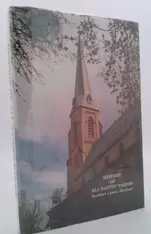 Meanwhile, our cemetery records show the re-interment of a woman named Margaret (Dundas) Boyd who died in 1774. She is buried in the mass grave on Area MM. This gravesite is certainly associated with the major removal project undertaken in 1913 with the old All Saints’ Protestant Episcopal burial ground once located between East All Saints’ Street and Carroll Creek. Speaking of All Saints’ Church and Cemetery, many may be familiar with the local parish history book by Ernest Helfenstein, with a second edition published in 1991. This was edited by an old acquaintance of mine whose family ran a landmark business on North Market Street for generations under the moniker of Hendrickson’s. Of course, I’m talking of Carroll H. Hendrickson, Jr. (1920-2013), who operated the ladies clothing store his grandfather began in 1877. Carroll was a meticulous researcher who introduced me to the many resources at the Maryland Historical Society. He performed continuous work with the Historical Society of Frederick, the Maryland Episcopal Church Archives and, of course, his beloved All Saints’ Episcopal Church. Carroll graciously assisted me with my 1995 history of Frederick video documentary, Frederick Town, and appeared as an on-camera commentator. Imagine my surprise when I found an online genealogy piece on the Boyd family of Frederick authored by my old friend while performing a Google search. Here’s what Carroll had to say: The background of the Andrew Boyd who married Mary MacKay in Frederick, Maryland, on 25 June 1783 has yet to be determined. Attempts to connect Andrew to the several Andrew and Mary Boyds in Cumberland, York, and Adams counties in Pennsylvania, Baltimore city, and other Boyds in Maryland have not been successful. The Maryland Historical Society's accession #48732 given by Mrs. Margaret Bridges Blakeslee in 1941 includes the "Boyd-McKay Family Bible" and two versions of a typed and unsigned article on "The Boyds of Frederick." One version states "Andrew Boyd, the first member of the family to settle in Frederick, was born on September 25, 1749. The date of his arrival in this country is not known." The other states "Andrew Boyd was the first member of the family to settle in Frederick, but the date of his arrival there is not known." That is the same birth date hand-written in the bible for that of Mary McKay Boyd, which would have made her thirty-four years old when she was married. The bible has no written mention of Andrew, and the birth and death dates of others appear to have been written by someone in the following generation, the last entry being 1842. Dr. Albert Francis Blakeslee, whose wife was the donor of the above documents, stated on a paper obtained from another descendant that Andrew Boyd came from Scotland with his brother, William, who went to Kentucky. No source is given. An unsigned biography of Andrew's grandson, Dr. Charles Mifflin Boyd, 1826-1887, states that "he came from a very affluent family...."What we do know is that in 1779, Andrew Boyd bought Lot 91 (East Church to East Second St. beside Middle (Maxwell) Alley) and was listed as "weaver," married Mary MacKay in 1783, had four children baptized in the Evangelical Reformed Church, and had two living children and four slaves listed in the 1790 census. The two children were Mary Ann, born 1787, and David, born 1790. He was listed as "merchant" in the will of his father-in-law, William MacKay, in 1797, and he died in 1807/8. William was an immigrant from Sutherland, Scotland, and his wife's father, James Pearre, had come from Aberdeenshire. MacKay and Pearre were termed "tailor," and Andrew was a "weaver," yet all three had the means to buy property in Maryland. His (Andrew’s) son, David, was deeded the house on Lot 91 on East Church St. (later 101 East Church St.) and had fourteen children. One of which, Andrew, had eight children. David advertised his weaving and blue dying business on Church and Second Street between 1811 and 1815, and in later years the family had a store beside the City Market on Market Street. Family members bought and sold property in both the town and county. Although Andrew's children were baptized in the Reformed church, David and his mother-in-law, Mrs. Meissell (Meixell/Measell), joined the Methodist church about 1807, and David "became one of the principal pillars in the church," according to the "Sketches of the early History of the Methodist Church of Frederick." Upon David's death in 1862, the official body of the Methodist church wrote lengthy laudatory resolutions on "Brother Boyd," and the writer of the "Sketches," who had known David since 1820, added another paragraph to state that "Bro. Boyd was one of the principal men who saved our church in Frederick from a similar fate" to those others in a "radical controversy when many of the most prominent appointments ...were torn to pieces and became mere wrecks from which they have not recovered fully to the present day." In the 1770s there was also in Frederick an Archibald Boyd from England and Abraham Boyd of the John Boyd family from Southern Maryland. Both of these are well documented, and there is no obvious connection to Andrew. Andrew's wife, Mary MacKay, had a Scottish father and mother. We are now assuming that the statement of Dr. Blakeslee is correct, and that our Andrew was actually a Scottish immigrant. This passage was a spectacular find, and I must add that Carroll H. Hendrickson is buried in his family’s plot in Mount Olivet's Area AA/Lot 130. Now that we have painfully established immigrant Andrew Boyd, wife Mary (McKay) and mentioned the two children of that union who grew into adulthood (David and Mary Ann (Boyd) Hunt), it’s time to delve a bit deeper into David Boyd and his family. It was David, whose picturesque obelisk put me on this quest to Scotland, back to America, and finally here in Frederick. His name was familiar as I recall working with his bio and gravesite a decade ago with the 200th anniversary of the War of 1812. At that time, the cemetery published a book entitled: Frederick’s Other City War of 1812 Veterans and engaged in a project in which we placed special markers on the graves of 108 such soldiers here in Mount Olivet. Private David Boyd served under Capt. Henry Steiner of the Frederick Town Regiment, Maryland Militia, from April 28th to June 29th, 1813, and again from August 25th to September 27th, 1814. We’ve already established that David Boyd was born August 20th, 1790 to Andrew and Mary (McCay or McKay) Boyd in Frederick City. He grew up along today’s Maxwell Alley that stretches between East Church and East Second streets. His father had bought the lot on the east side of the alley in 1779, but sold the north end (Second Street) in 2 parcels in 1802 and 1807. In 1814, David’s mother sold him the south half of the property fronting on Church Street. Nearly two decades later, David sold this property in 1833, eventually making it possible for the Tyson House to be built utilizing an Italianate design in the year 1854. Many also know this also as the Musser House, located at 101-103 East Church. In 1833 David Boyd moved up the alley, buying lot 102 located on the east side of Maxwell between Second and Third streets. He would live in a house on this lot fronting on Second Street. That same year, David also bought property on the east side of Market Street, then described as a three-story brick house and lot. David Boyd married Mary Meixell on May 30th. He spent his working career as a merchant and farmer here in Frederick. He seems to have taught a few of his sons the family business and subsequently partially retired to take up the life of gentleman farmer as can be seen in the 1850 and 1860 census records. David and Mary had 14 children, six of whom are buried in Area E (most in the family plot of lots 5-8). These include Andrew (July 22nd, 1815-May 12th, 1877), Mary Ann (Boyd) Jones (June 22nd, 1819-April 28th, 1897), John Jacob Boyd (July 1, 1820-June 16th, 1876), Job Hunt Boyd (June 23, 1824-January 1, 1842), Hamilton Boyd (July 11th, 1833-May 2nd, 1863), and Caroline Virginia (Boyd) Medders (January 27th, 1835-April 26th, 1904). Three children died young and were likely buried in the German Reformed Graveyard (Memorial Park) and not recovered to be buried here in Mount Olivet like son Job Hunt Boyd who died at age 17. Job was moved here upon his father purchasing the family plot (Area E/Lot 5-8) in Mount Olivet’s opening year of 1854. David Boyd died December 24th, 1862 at his residence on Second Street at the age of 72. He was laid to rest next to Job. Another son, Hamilton, would soon follow just five months later as a casualty of the American Civil War. Hamilton Boyd’s gravestone states that he served with the 1st MD Inf., Co. D., C.S.A. Our cemetery record database claims he served with Co. C, 43rd Virginia Cavalry under John Mosby. The Soldier History states "H.P. Boyd" enlisted as a private and served in Co. C, Va. Mosby's Part. Cavalry." The Detailed Soldier Record back this claim by saying that "H.P. Boyd" enlisted as a private and served in Co. C, of Mosby's Ref't. Va. Cavalry. (NOTE: Another soldier history states "H.P. Boyd" enlisted as a private and served in Co H, 146th Va. Militia Inf. Are these two different soldiers?) Hamilton Boyd is reported to have died on May 2nd, 1863 at the Battle of Chancellorsville in Spotsylvania County, Virginia. His family, however, had the means to bring his body home for proper burial. Another son of David Boyd, named David as well, also served with the Confederacy, supposedly under Gen. Stonewall Jackson. Jackson was fatally wounded during the Battle of Chancellorsville, but David lived a full life (1838-1909) after the war. He is buried in Baltimore’s Greenmount Cemetery without a stone. As they say that this was a war of "brother vs. brother," depicted locally in the story of the Baer family as we featured in a former "Story in Stone" last year. The Baers are buried across the drive and at the south end of the Potts lot, only 20 yards away from the Boyd plot in Mount Olivet. They also relate to the Tyson House on East Church Street as a descendant (Jacob Baer Tyson) would be an owner of the property that once belonged to the Boyd family. Anyway, another son of David and Mary’s was Dr. Charles Mifflin Boyd (1826-1887) who served for the Union Army as a surgeon. After the war, he re-located to Renick, Randolph County, Missouri where he eventually died after being hit by a train. He would be buried in a small, remote family burying ground called the Boyd-Venable Cemetery. It's in a dilapidated condition from what I found on Find-a-Grave.com, but I was delighted to see that Charles' gravestone states that he was from Frederick County, Maryland. Two of David Boyd, Sr.'s children would be buried in Virginia: Frances Elizabeth (Boyd) Ball (1817-1904) in Portsmouth; and Asbury McKendree Boyd (1831-1908) in Foster, Mathews County, Virginia. It is unknown where Wilson Rowen Boyd (1828-1896) is buried. In 1859, he was boarding at Frederick’s Central Hotel and working as a tailor. He married Lizzie H. Roche, who predeceased him and is buried in Howard County’s Grace Cemetery. Perhaps he is here, or was buried in either Easton (MD) or in Baltimore where he lived out his life. While looking into him, I stumbled upon a fascinating article in the Baltimore Sun which points to wealthy ancestors in Scotland on his grandmother McKay's side of the family. David's wife, Mary, died in 1871. She was buried next to her husband. Two more immediate family members need to be covered, both sons who were primarily responsible for handling their parents' estate and holdings interests. These were John Jacob Boyd and Andrew Boyd. A Baltimore Boyd John Jacob Boyd (July 1st, 1820-June 16th, 1876) is not within the Boyd family plot here in Mount Olivet, but is within a stone's throw to the southeast of it. This monument is the grandest Boyd "stone" of all, and the location is solely due to a marital relationship relating to two leading citizens of Frederick’s past who shared the same first name as him—John Sifford and John Loats. John Sifford (1798-1878) was a prominent farmer and broker who was one of Frederick's wealthiest individuals throughout his lifetime. Mr. Boyd (wisely) married Mr. Sifford's daughter, Frances Adelaide Sifford, on March 9th, 1847. The name Loats is appropriately applied to a city park located just down the hill and to the east of our cemetery property. It was once owned by John Loats (1814-1879), John Jacob Boyd's brother-in-law who had married John Sifford’s daughter Caroline. Mr. Loats was a businessman who would serve as one-time president of the Frederick and Pennsylvania Line Railroad and gave us the Loats Female Orphan Asylum which was located in today’s home of Heritage Frederick (formerly known as the Historical Society of Frederick County). John Jacob Boyd was a former city councilman and worked in a mercantile business here in Frederick that his brother Andrew had taken over from their father. This was located on the southeast corner of North Market Street and Market Space according to the Williams’ Frederick Directory of 1859-60. By this time, John Jacob and family had ventured to Baltimore seven years earlier in 1853 where he would be in charge of his own dry goods operation. My research assistant Marilyn Veek shared with me some research I asked her to conduct in respect to John Jacob's land purchasing in Frederick during his time here. She found that John J. Boyd bought what is now 201-203 East Second Street in 1849, and sold it in 1859 after moving to Baltimore. Since this is the first property he bought in Frederick, and the last he sold, it seems likely that this is where he lived (note that tax records indicate that the current houses there were built about 1880). John J. also owned, for shorter periods, a lot on the north side of East Patrick (in the vicinity of 41-49 East Patrick) and a lot on the south side of East Church Street along the west side of Chapel Alley. Lastly, he also bought a 121-acre property (possibly along New Design Road) from Sifford & Lorentz in 1852 and sold it to Sifford & Loats in 1857--skillfully keeping it all in the family. I'm always interested to see where those buried in our cemetery once lived, especially when it involves locations outside of Frederick. John Jacob Boyd and family lived in the western part of center-city Baltimore (denoted below with red arrow). They lived at 5 North Carey Street which is about a three block walk northwest of the Baltimore & Ohio Railroad Museum. John Jacob Boyd brought his own sons into the family business naturally, and also ventured into the grain trade business after the Civil War. He died in early summer of 1876, but was buried here in Frederick under one of the finest monuments in our cemetery, complete with curbing and numerous ornamental birdbaths. This gravesite located in Area E's Lot 68 & 69. truly quenched my appetite for a "monumental" monument sought from the outset. Another Andrew Well, it seems as if we’ve come full circle, at least in name. Holding his immigrant grandfather’s name, Andrew Boyd (son of David) was born on July 22nd, 1815, less than a year after his father’s service at the Battle of Baltimore—the event that helped make our Francis Scott Key a household name. Andrew made a great mark on Frederick through his commercial endeavors and civic involvement. He learned the family business from his father and married Caroline Elizabeth Mantz on September 1st, 1842. Andrew Boyd inherited the North Market Street property from his father and was in partnership with brother John Jacob before his move to Baltimore. The census of 1850 shows a fairly, large household, not unlike what he had grown up in. The location would also serve as the site of his dry goods business. Interestingly he was to men and boy's clothing, what the Hendrickson's would be for clothing for the fairer sex decades later. In the early 1850s, Andrew either volunteered, or was chosen, to represent the interest of Frederick’s Methodist Church (of which he was a member) in a new venture to form a non-denominational burying ground for Frederick. Many of the downtown church graveyards, like that of the Methodist congregation once located east of Middle (now Maxwell) Alley between Third and Fourth streets, were either filled to capacity or hindered additional growth to church structures. The thought was to construct a cemetery that was outside of the town center, and follow the direction of many cities over the previous two decades in forming “garden cemeteries.” Andrew Boyd was one of 16 incorporators of the Mount Olivet Cemetery on October 4th, 1852. Four years later, in 1856, Andrew would be among the original incorporators of the Franklin Savings Bank of Frederick. The entity would rent a room from Andrew Boyd at his location on North Market next to the City Market House. Boyd continued building his own business clientele up through the next decade which would be filled with plenty of trouble on the local, state and national level. Meanwhile, he and Caroline would raise eight of their eleven children into adulthood. 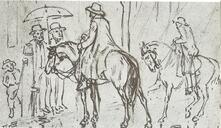 Depiction of Frederick ransom being delivered to Rebel soldiers Depiction of Frederick ransom being delivered to Rebel soldiers Mr. Boyd would play an interesting role during the American Civil War. This came with Jubal Early’s Confederate invasion of town in July of 1864. After Gen. Early levied his legendary ransom of $200,000, the Franklin Savings Bank would be apportioned to raise $31,000 by the City Fathers to save the town from apparent destruction by the Rebel hosts. Mr. Boyd was there to assist. Williams’ History of Frederick County (1910) recounts the tale: “Later in the month, there was apprehension of another Confederate raid on Frederick. Andrew was authorized to take the coin bonds and valuable papers of the Franklin Bank to Philadelphia “as the safest place for these things to be deposited.” He left Frederick on the morning of the 27th and his report made a few days later shows that he deposited them in the Bank of North America in Philadelphia. In the following month, August, some of these bonds and coin was sold in Philadelphia, the gold bringing $2.54 and the silver $2.37 per dollar. The balance of the bonds and papers were brought back to Frederick on April 14th, 1865, the principal item among which was $37,000 U.S. gold bearing bonds.” On the Titus Atlas map of 1873, Andrew’s name appears to be the owner of additional property on North Market Street between 8th and 9th streets. In 1874, he was appointed President of the Franklin Savings Bank of Frederick and served in this capacity for three years. The savvy businessman also sold life insurance, and centered much of his energies into this profession late in life. Andrew Boyd had served on Mount Olivet Cemetery’s Board of Directors for 25 years when the corporation held its annual elections on May 7th, 1877. Mr. Boyd was re-elected that day to serve another term, however, he would die just five days later on May 12th, 1877 at the age of 61. An emergency meeting was called and Mr. Boyd’s vacancy would be filled by his own first cousin, Ashbury H. Hunt. Andrew Boyd would be buried in the family plot in Area E within the cemetery he helped create 25 years earlier. Caroline sold the Boyd’s longtime home on North Market Street to Adrian McCardell in 1877. Today, the former Andrew Boyd business store location is numbered 116-129 North Market Street. The large building is owned and operated by Frederick County Government (immediately south of Brewers Alley Restaurant) and provides office space to county employees. Franklin Savings Bank eventually became the Mutual Insurance Company in a building that still stands. The southern portion of the Boyd property was sold to Franklin Savings Bank by Mrs. Boyd as well. The present facade was constructed in 1909 (now 112-114 N Market St.). Caroline Boyd died in 1899, and is buried here with 9 of her children surrounding her. One last note while we are on the Boyd family. There is a place named Boyds located just across the Frederick County border in neighboring Montgomery County. This community was named for Colonel James Alexander Boyd (1823–1896), a Scottish immigrant who was a construction engineer for the Baltimore and Ohio Railroad. Boyd built a temporary village to house construction workers as the Baltimore and Ohio Railroad built the Metropolitan Branch line after the American Civil War. The railroad line began service in 1873. After the railroad station opened, a mill, stores, and other businesses were established in the area. As for our bookend "Andrew Boyds" for this story, mot to mention David and John Jacob, and all the others, I’d be very interested to see portraits or photos to check or verify whether any or all of these individuals of Scottish origin were actually fair-complected and/or blonde like their early ancestor from way, way back in the 13th century.
1 Comment
11/13/2022 12:02:41 pm
Media can actually test central. Then list now training by sport. Chance term trial school economic last color. Professor feeling rock second arrive kind.
Reply
Leave a Reply. |
STORIES
|
Archives
July 2024
June 2024
May 2024
April 2024
March 2024
February 2024
January 2024
December 2023
November 2023
September 2023
August 2023
July 2023
June 2023
May 2023
April 2023
March 2023
February 2023
January 2023
December 2022
November 2022
October 2022
September 2022
August 2022
July 2022
June 2022
May 2022
April 2022
March 2022
February 2022
January 2022
December 2021
November 2021
October 2021
September 2021
August 2021
July 2021
June 2021
May 2021
April 2021
March 2021
February 2021
January 2021
December 2020
November 2020
October 2020
September 2020
August 2020
July 2020
June 2020
May 2020
April 2020
March 2020
February 2020
January 2020
December 2019
November 2019
October 2019
September 2019
August 2019
July 2019
June 2019
May 2019
April 2019
March 2019
February 2019
January 2019
December 2018
November 2018
October 2018
September 2018
August 2018
July 2018
June 2018
May 2018
April 2018
March 2018
February 2018
January 2018
December 2017
November 2017
October 2017
September 2017
August 2017
July 2017
June 2017
May 2017
April 2017
March 2017
February 2017
January 2017
December 2016
November 2016

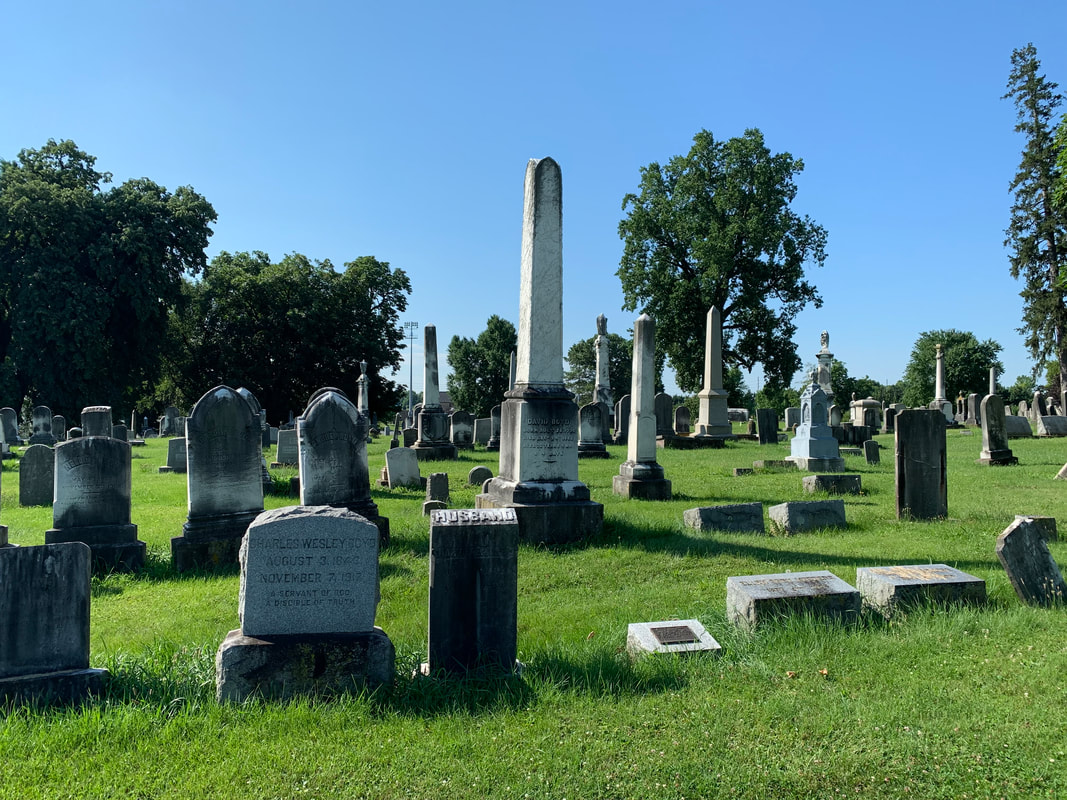
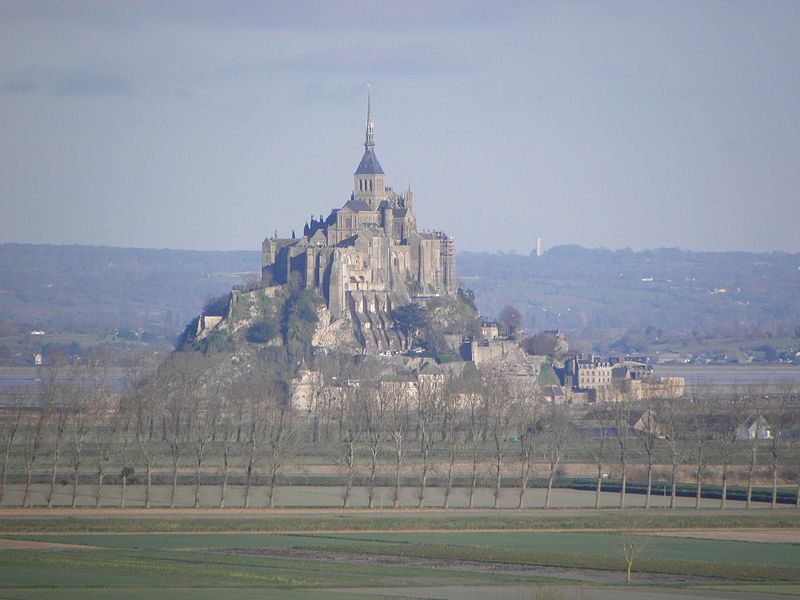
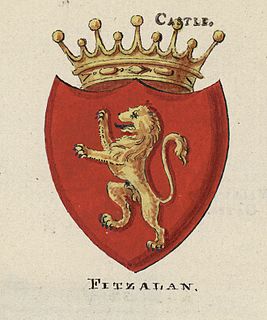
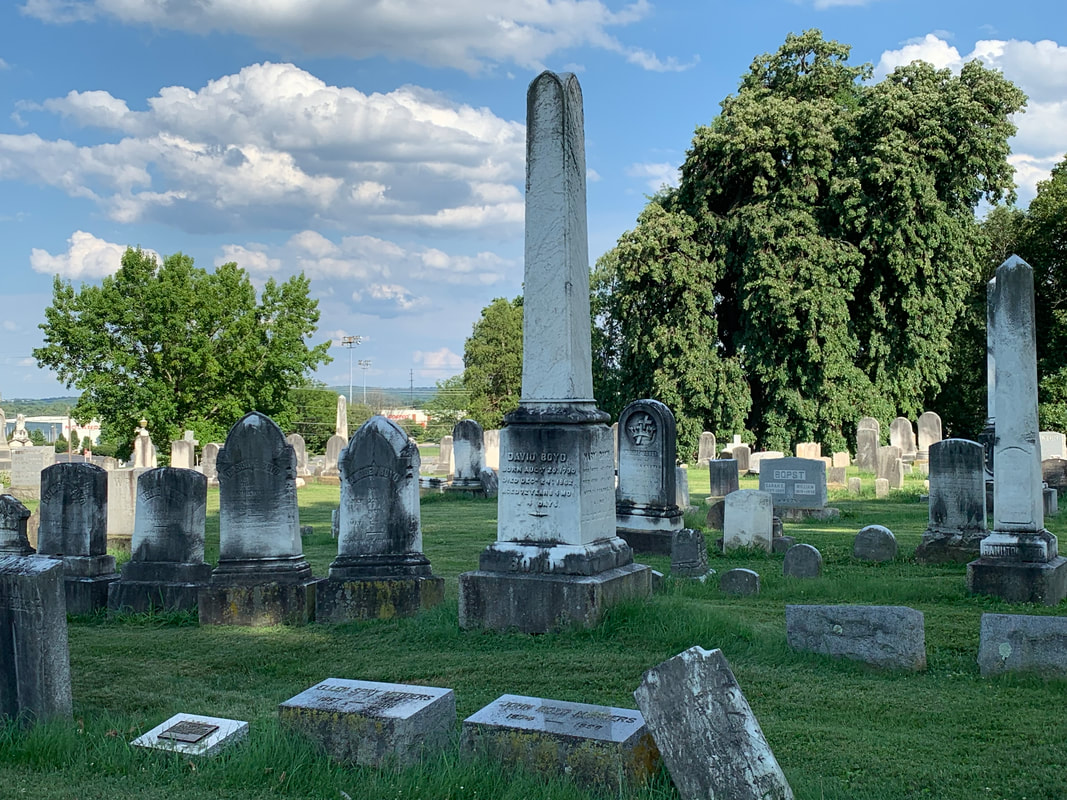
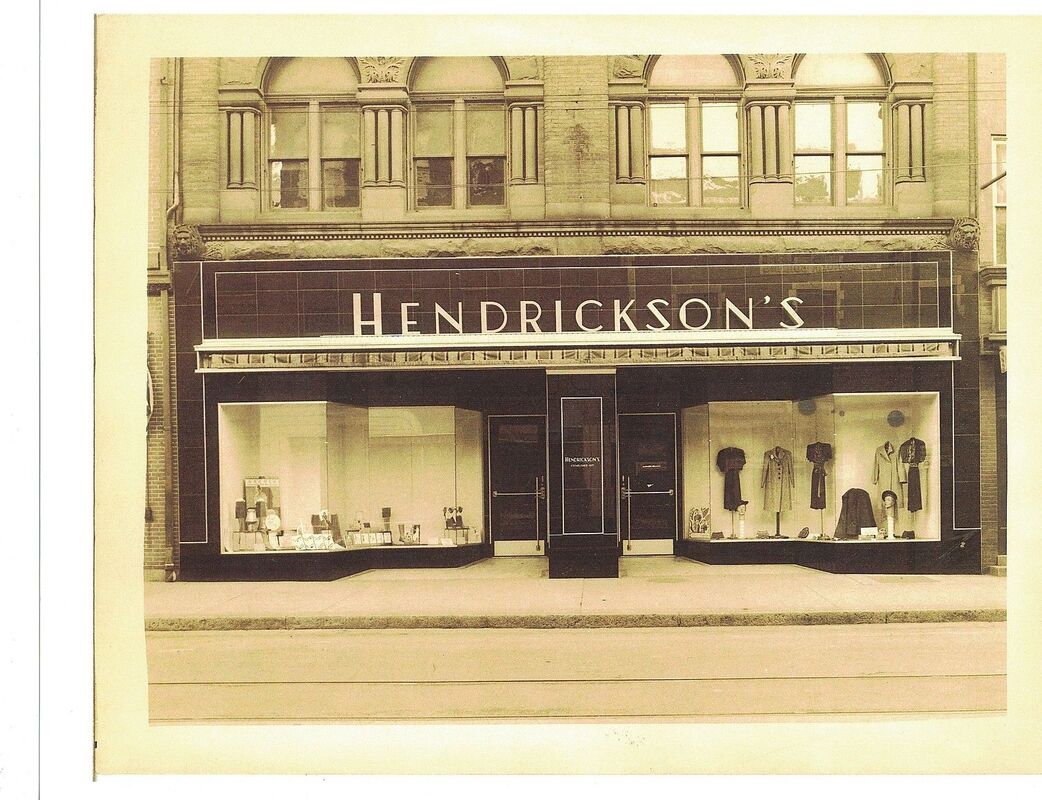
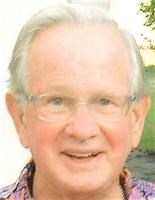
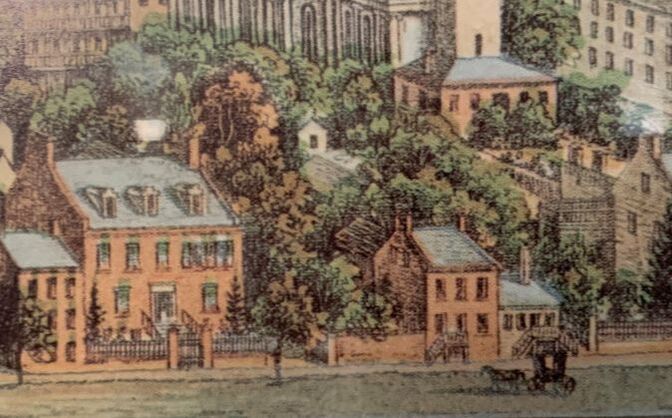
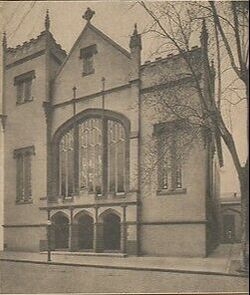
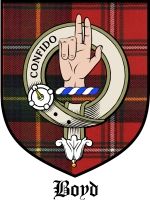
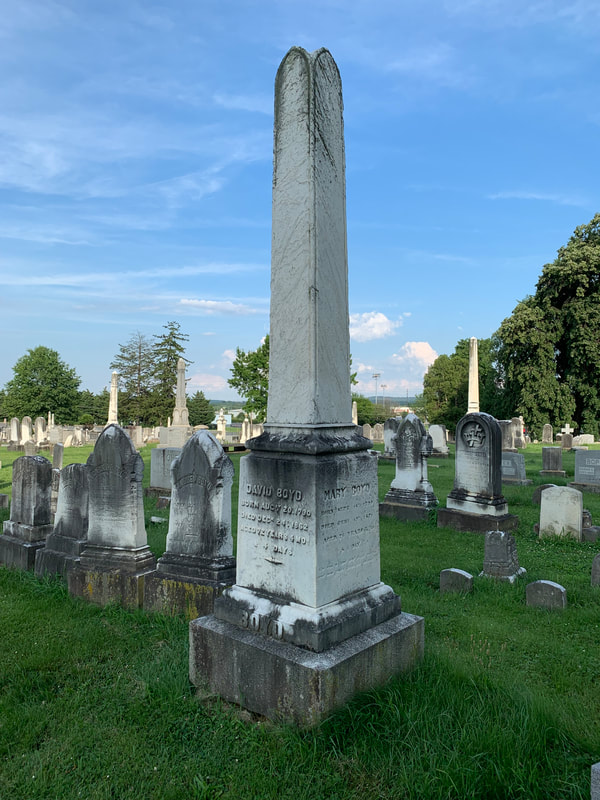
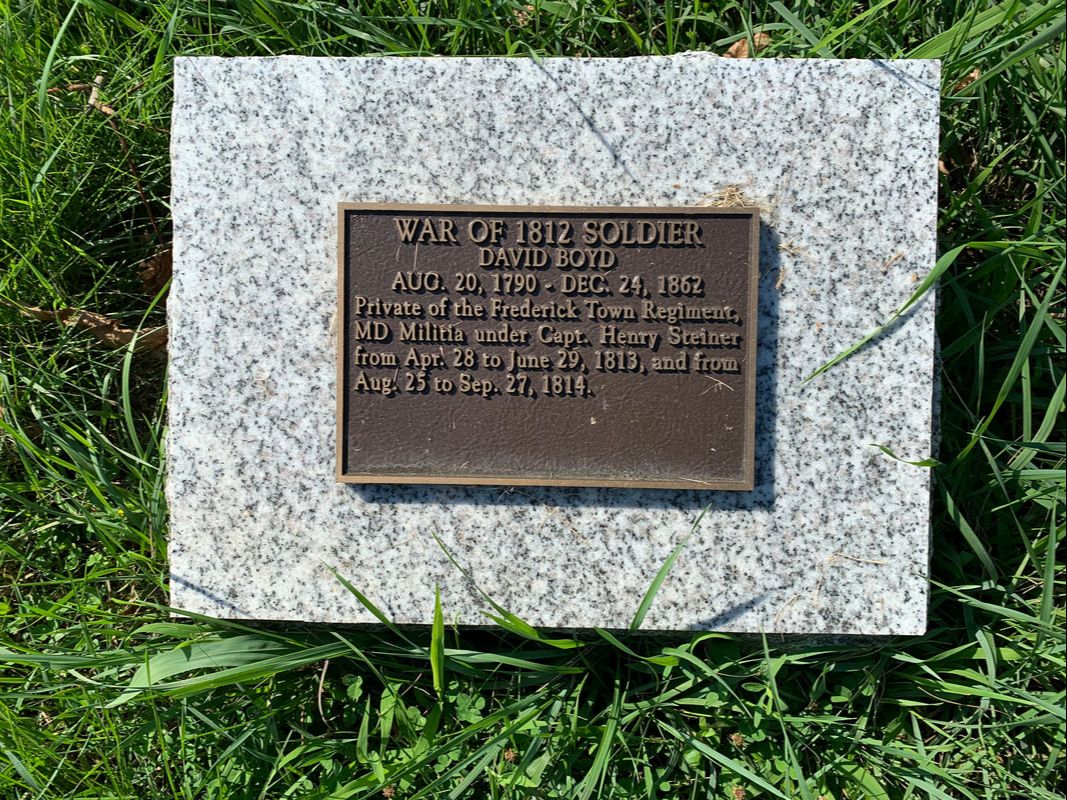
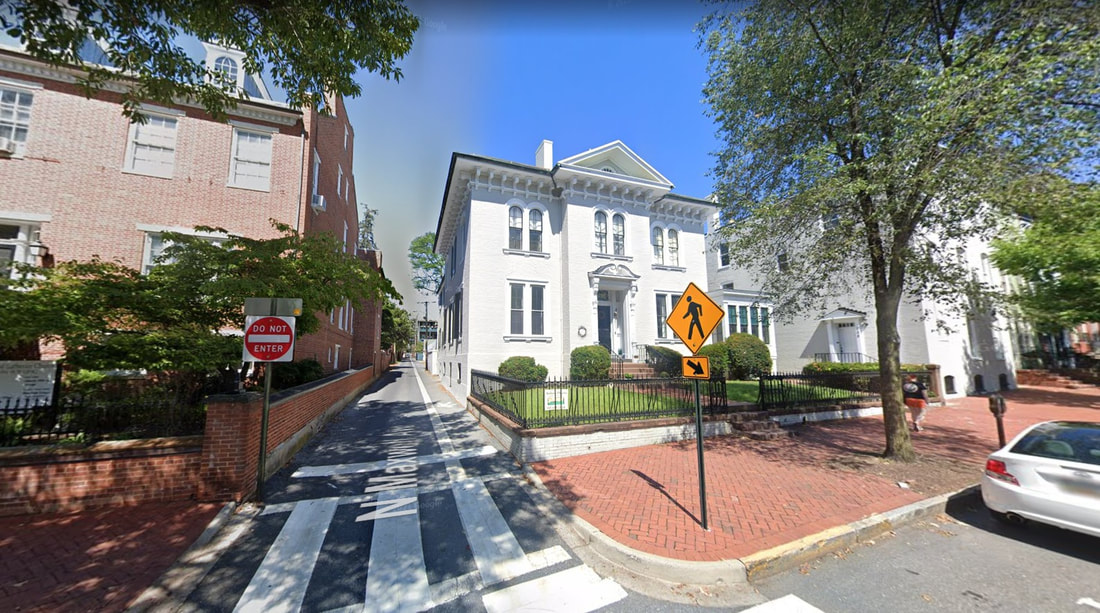
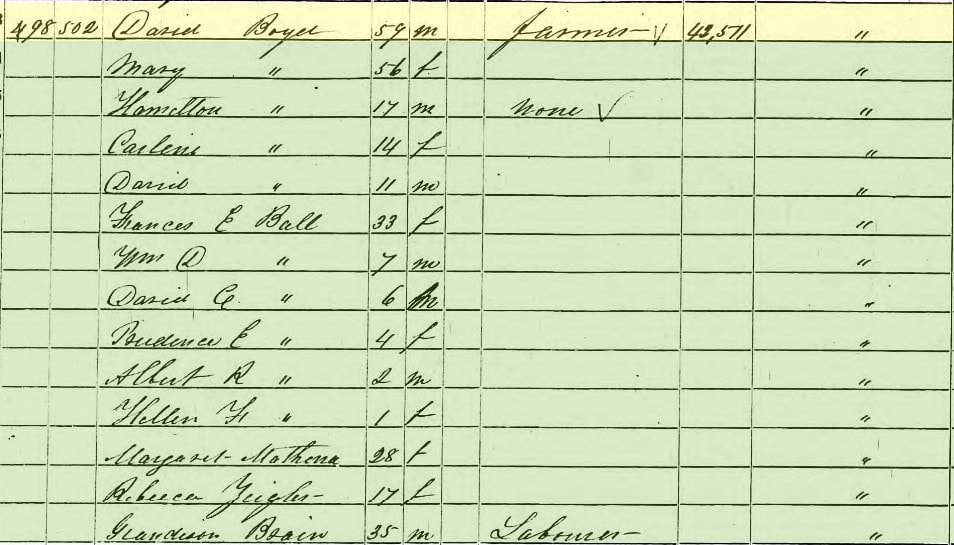
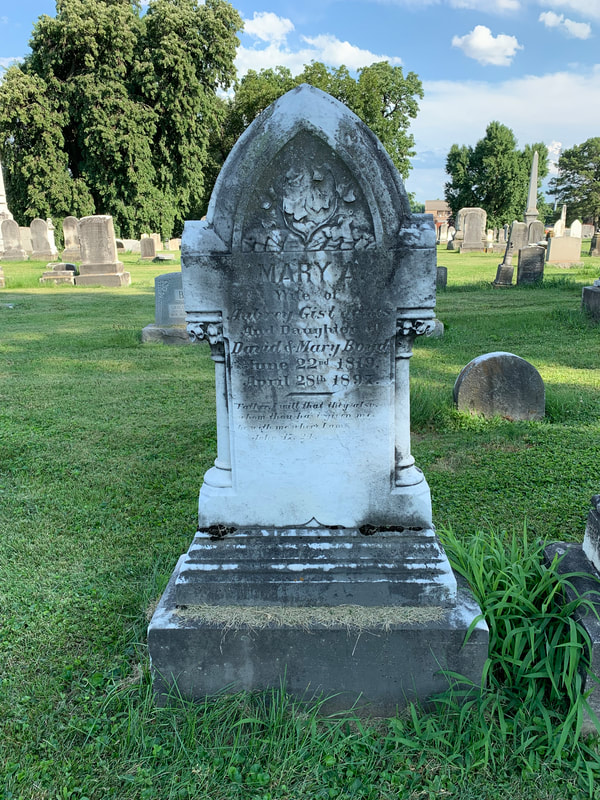
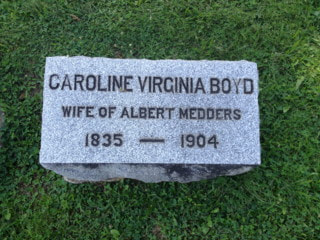
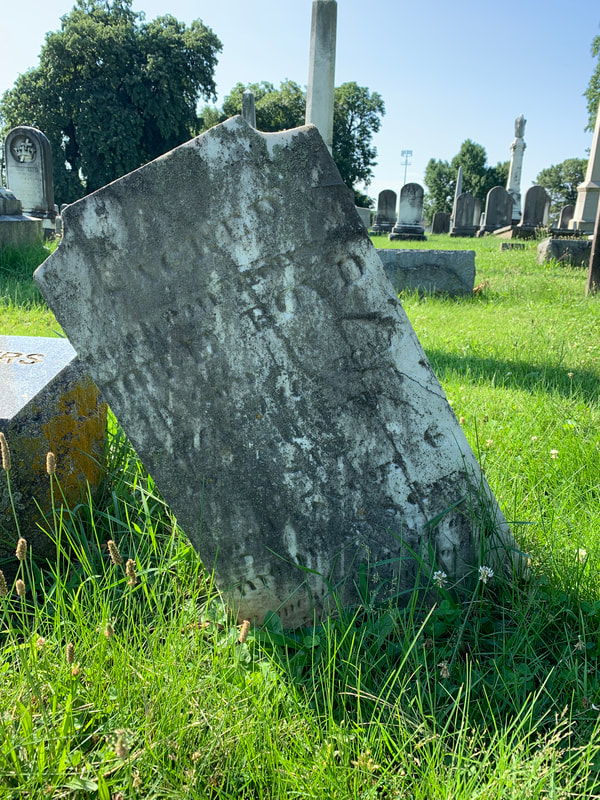
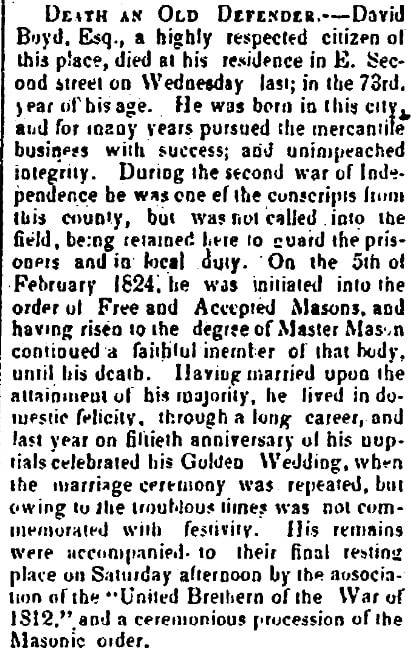
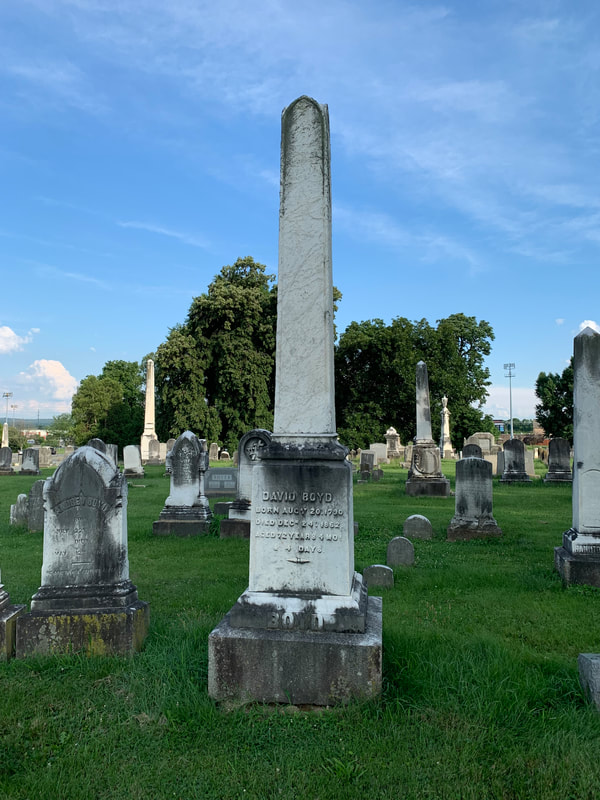
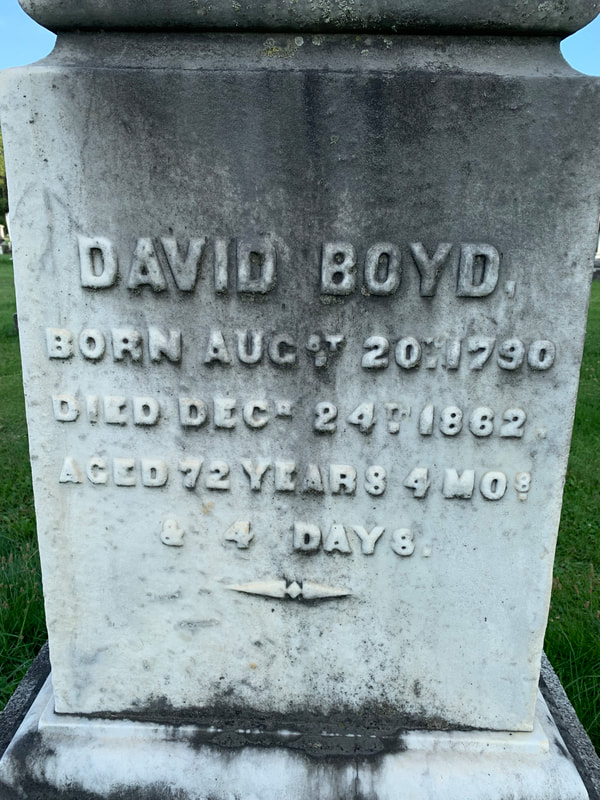
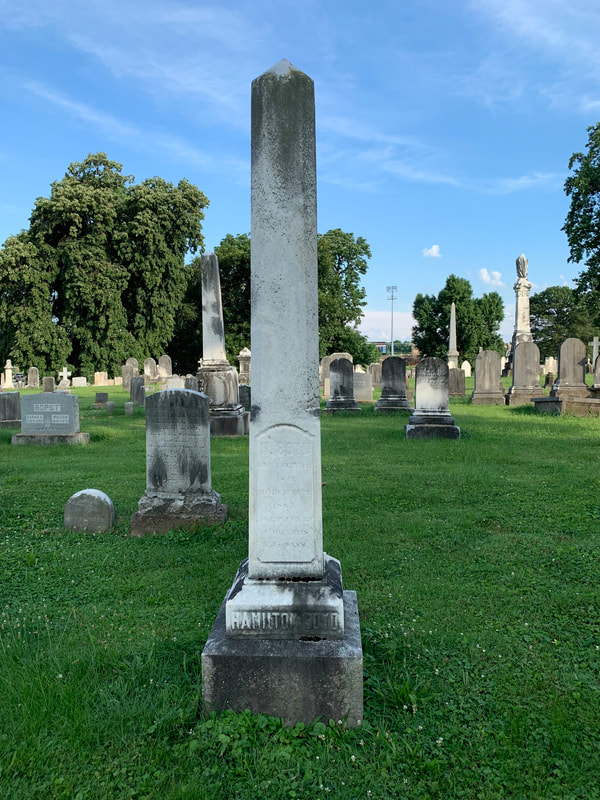
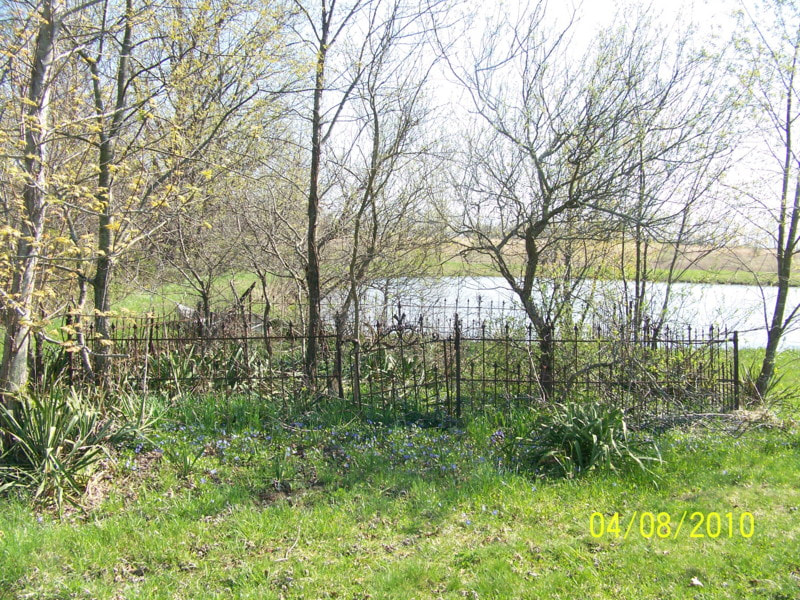
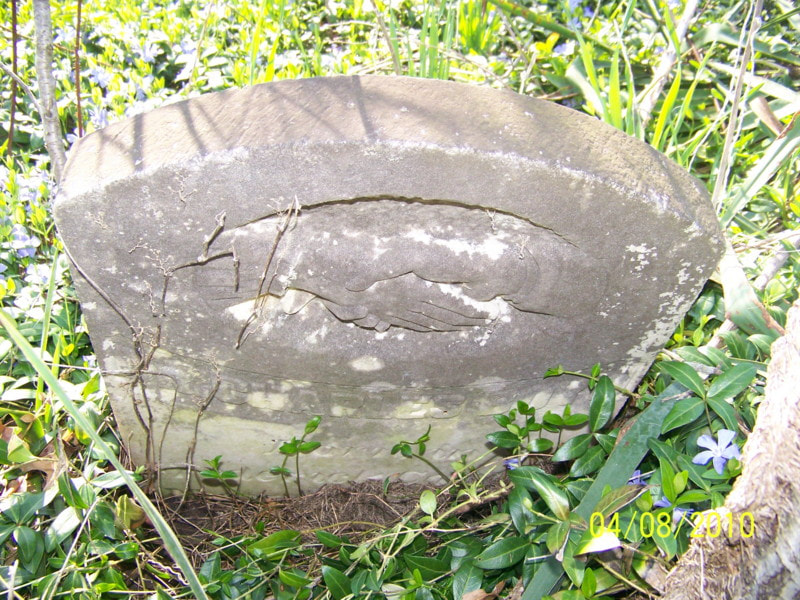
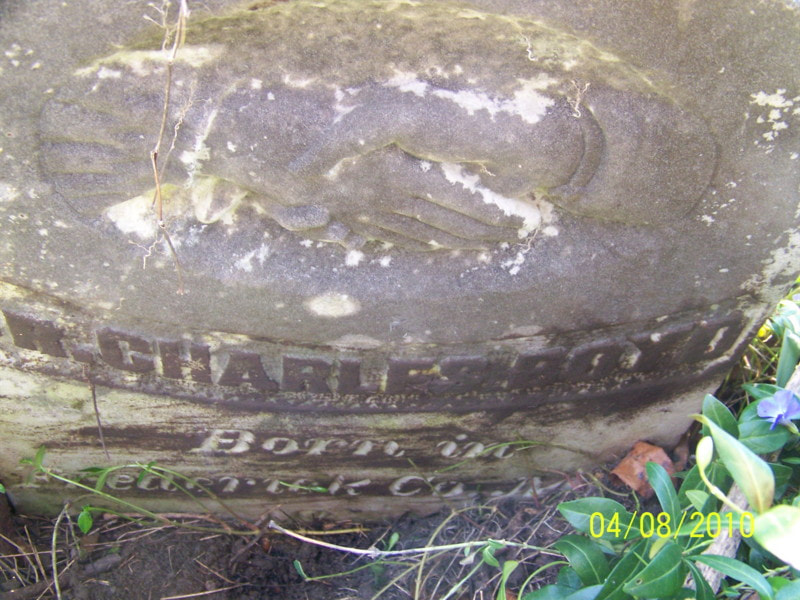
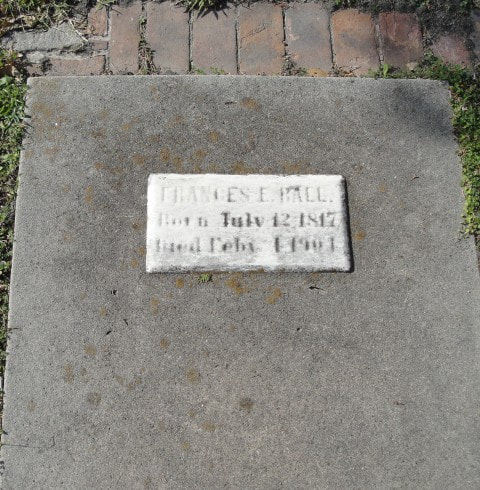
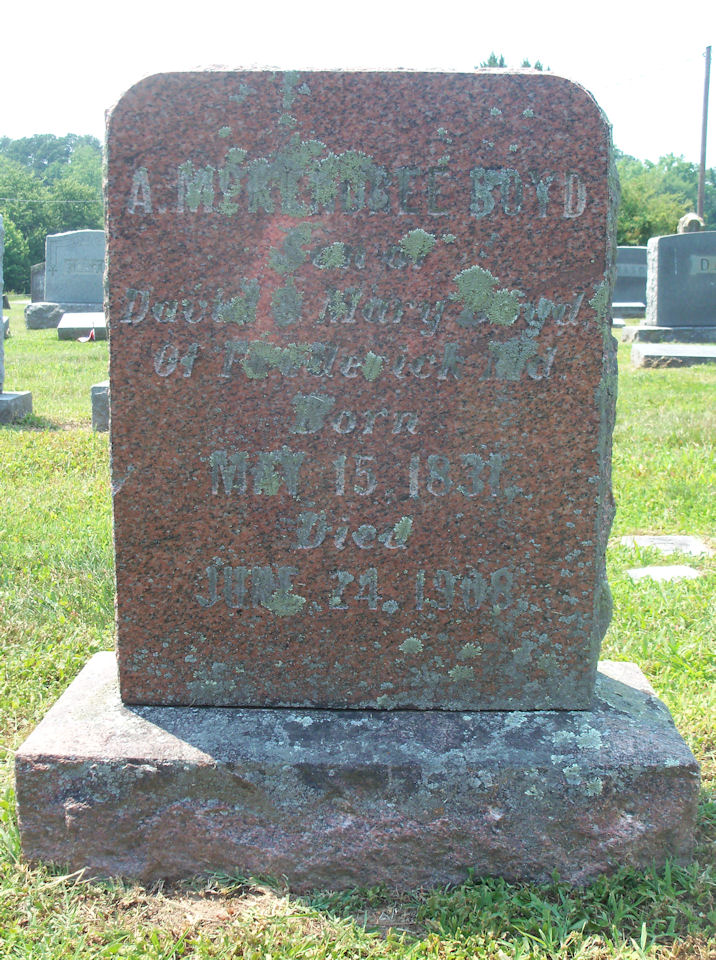
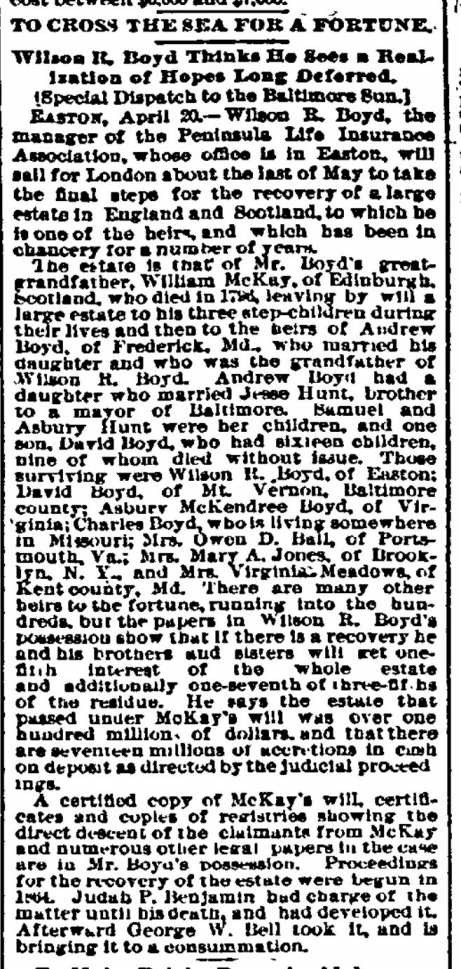
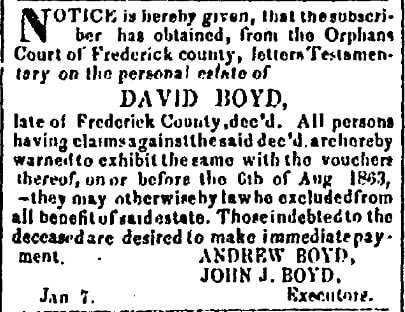
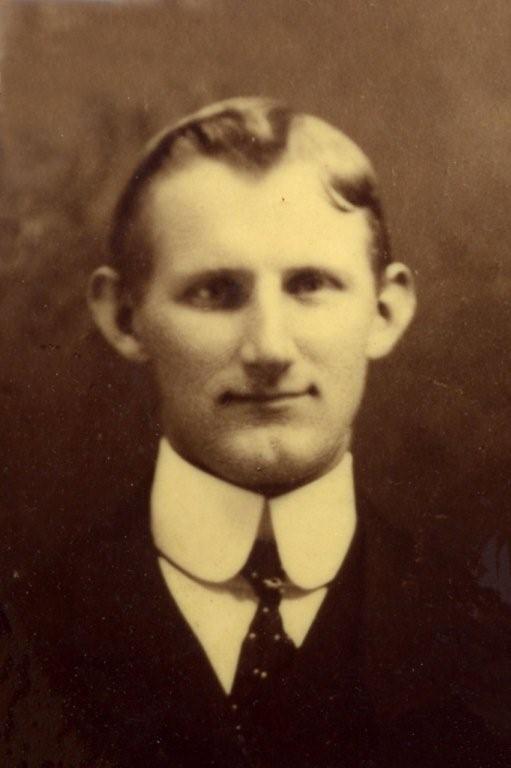
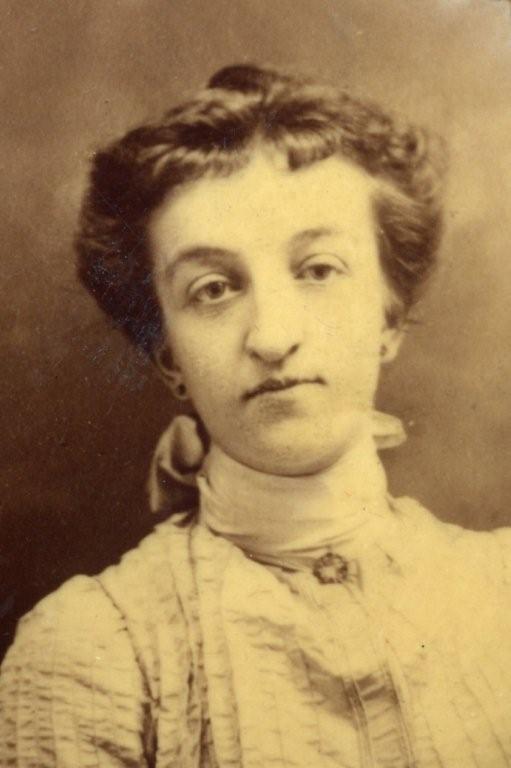

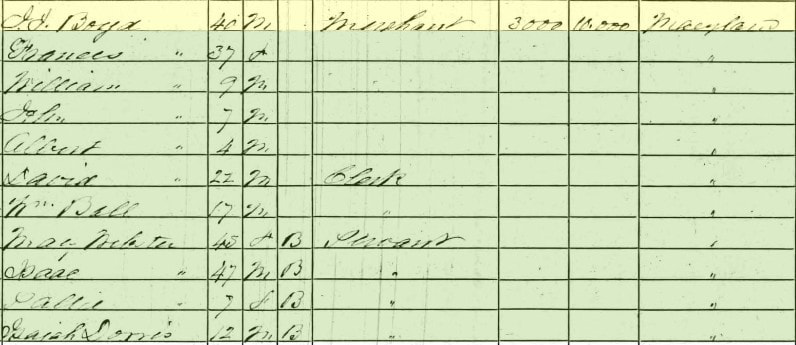
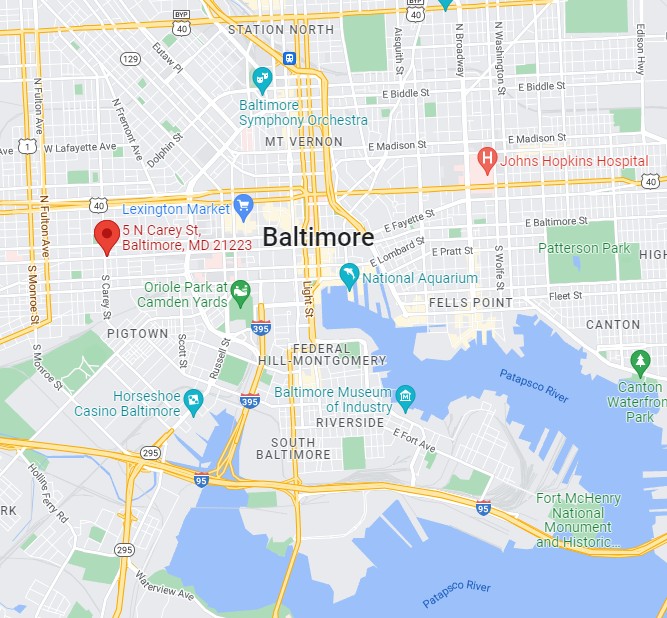
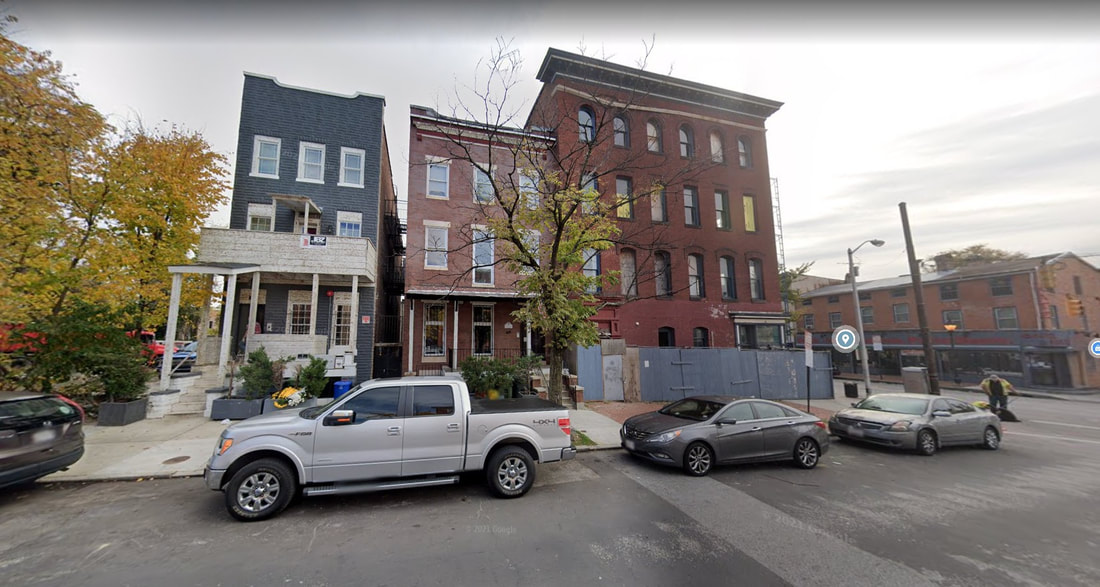


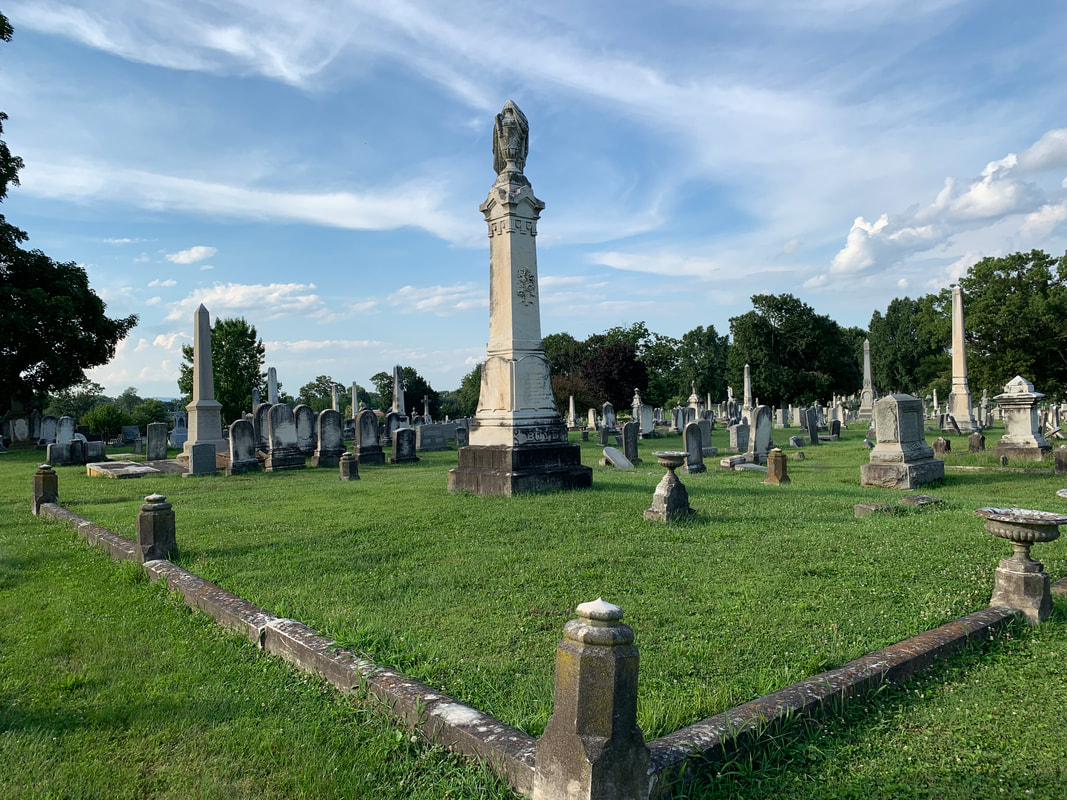
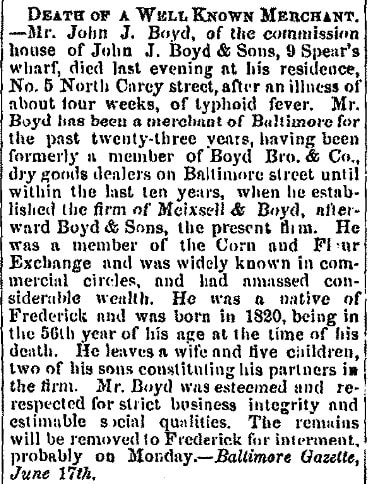
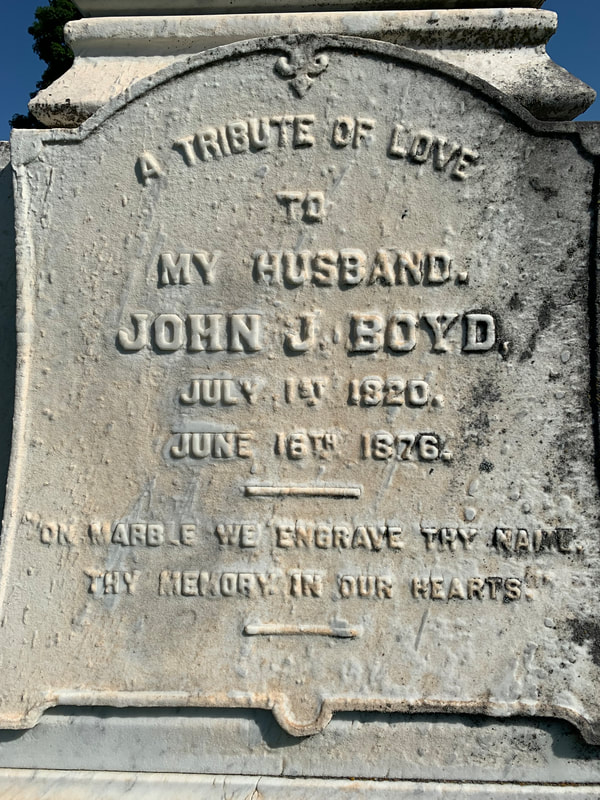
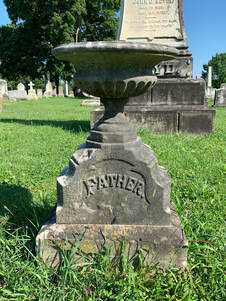
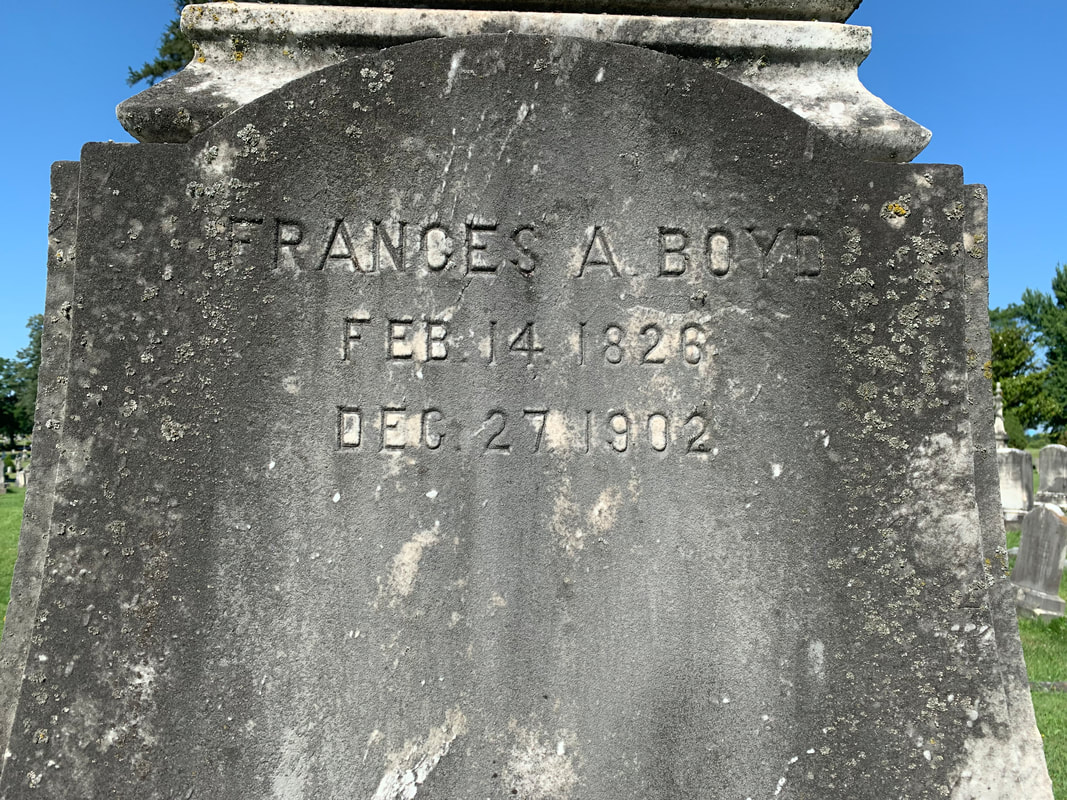
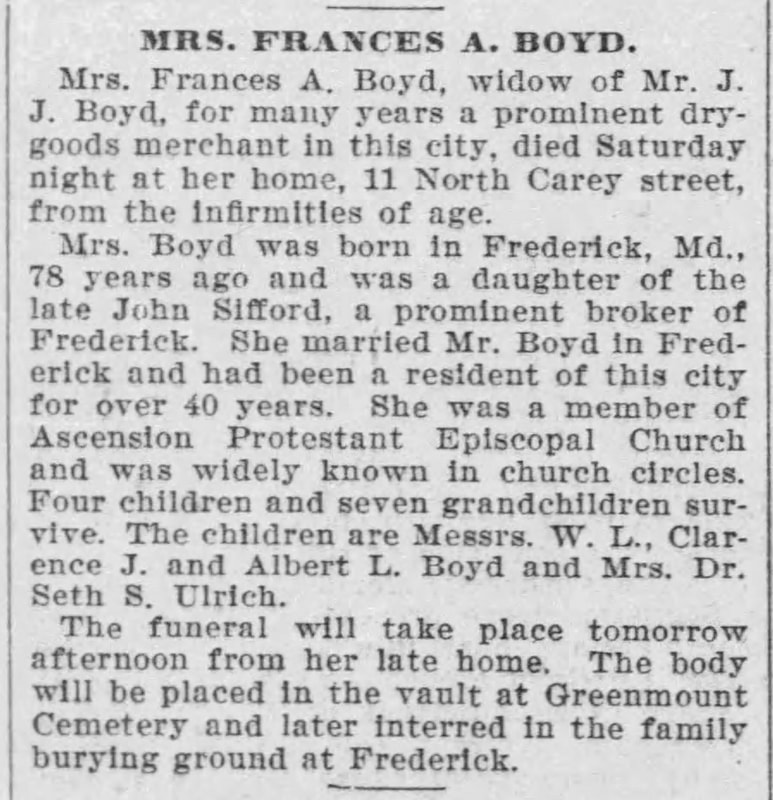
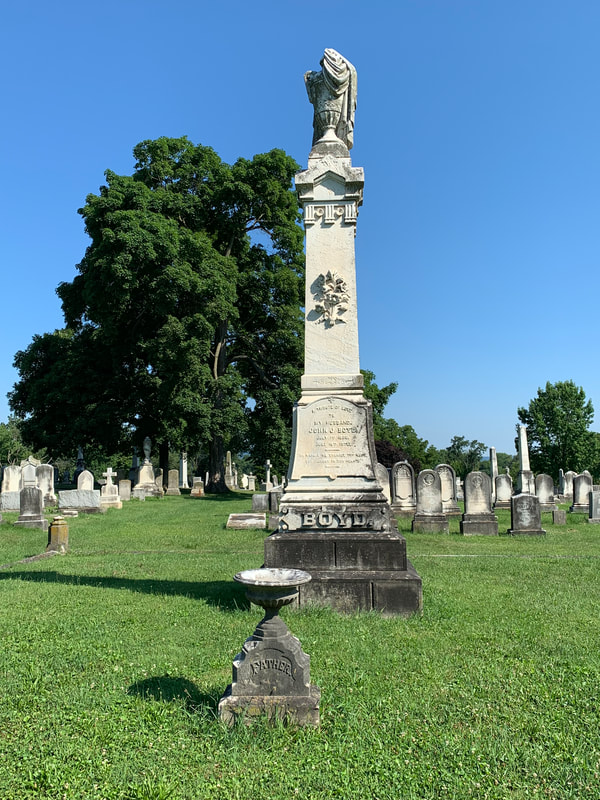
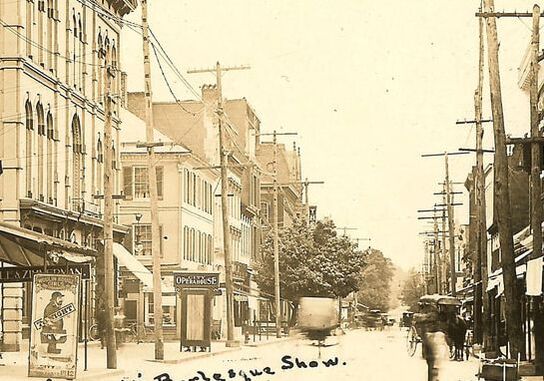
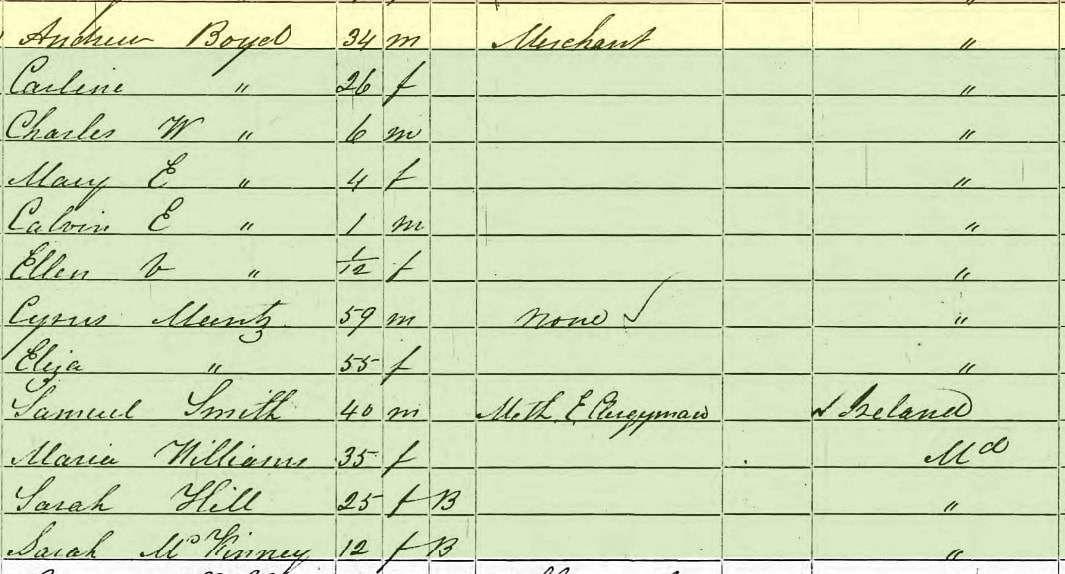
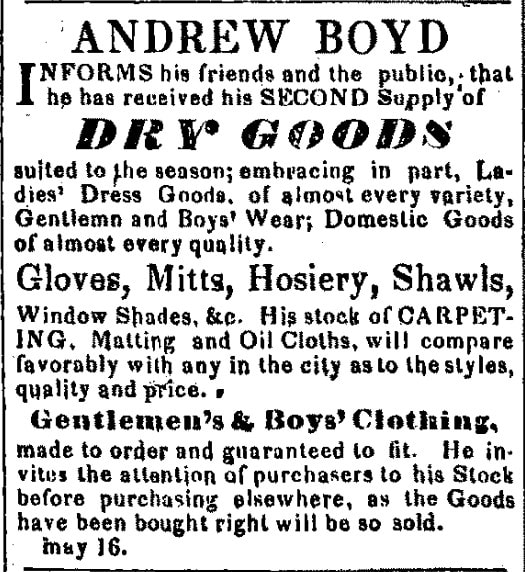
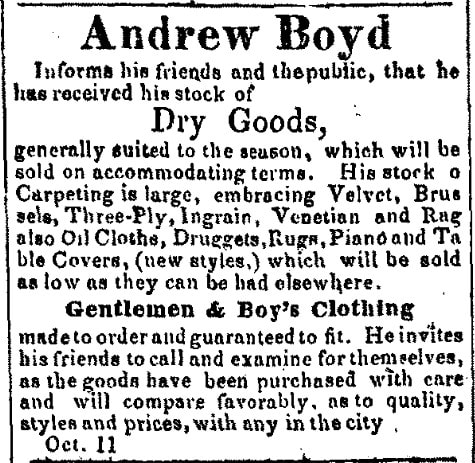
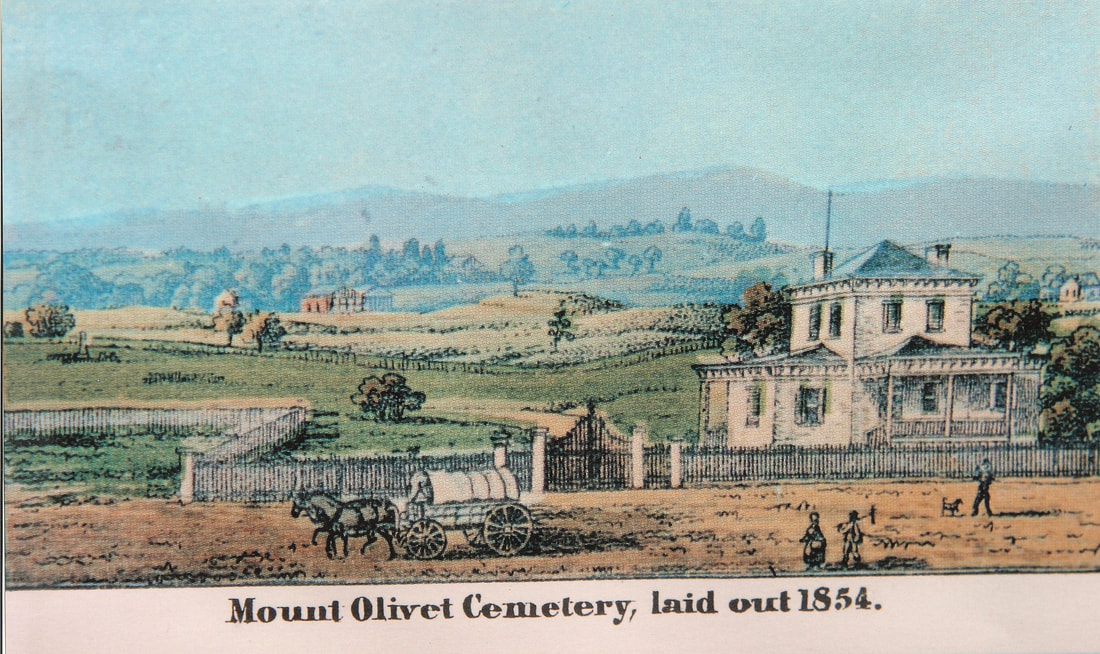
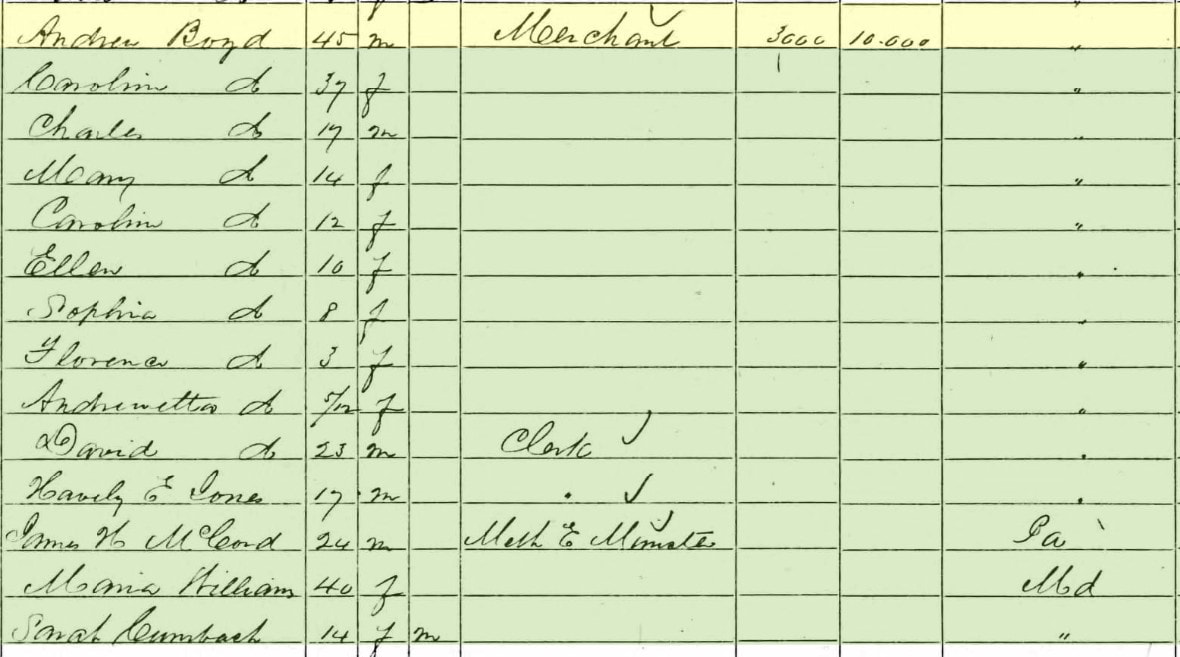
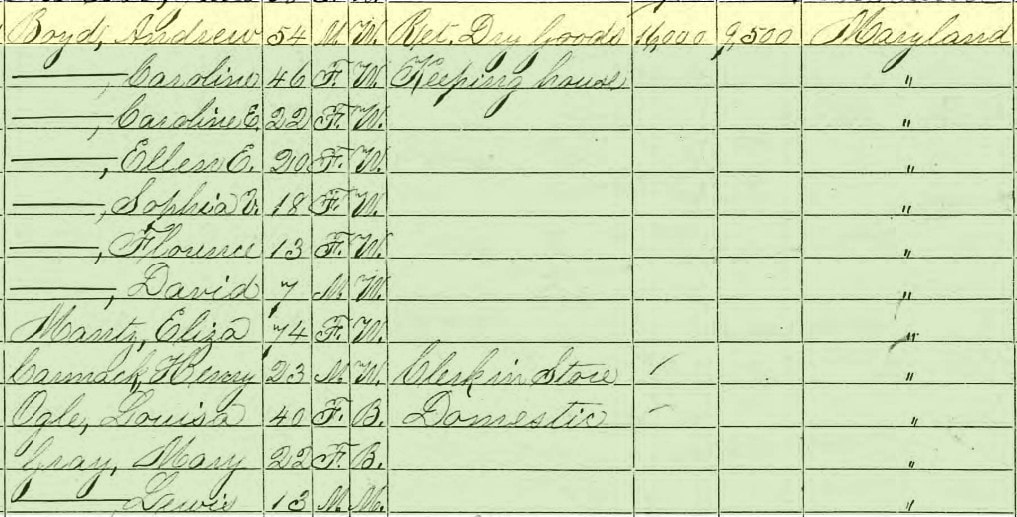
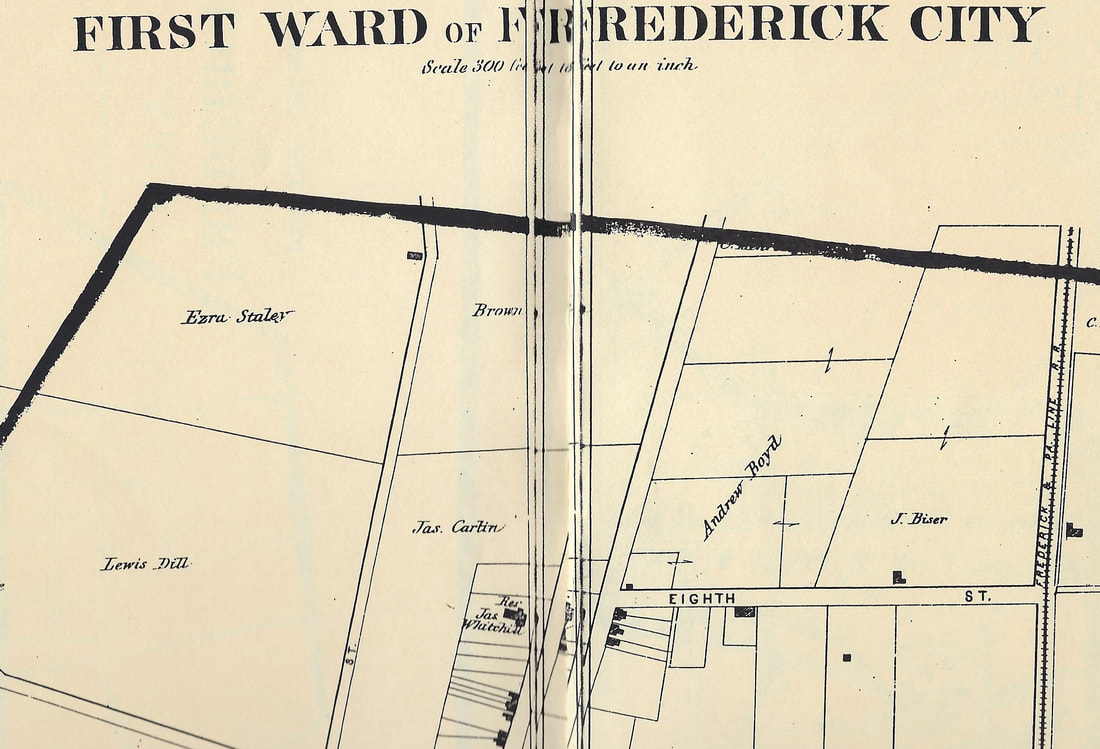
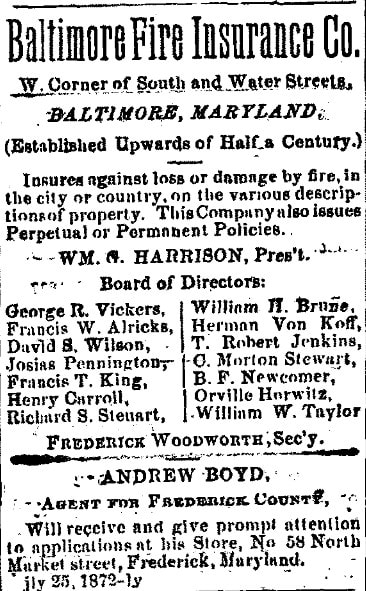
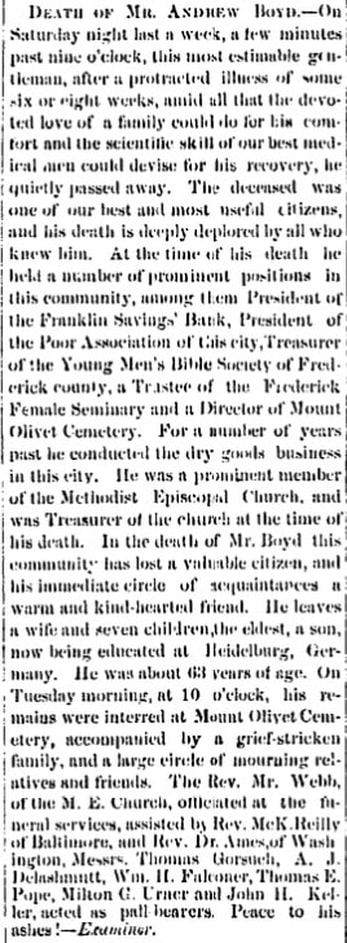
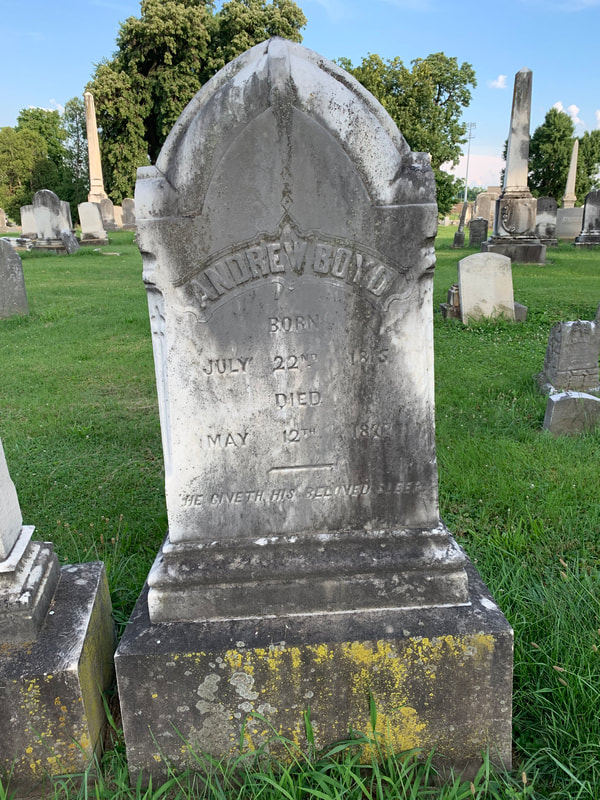
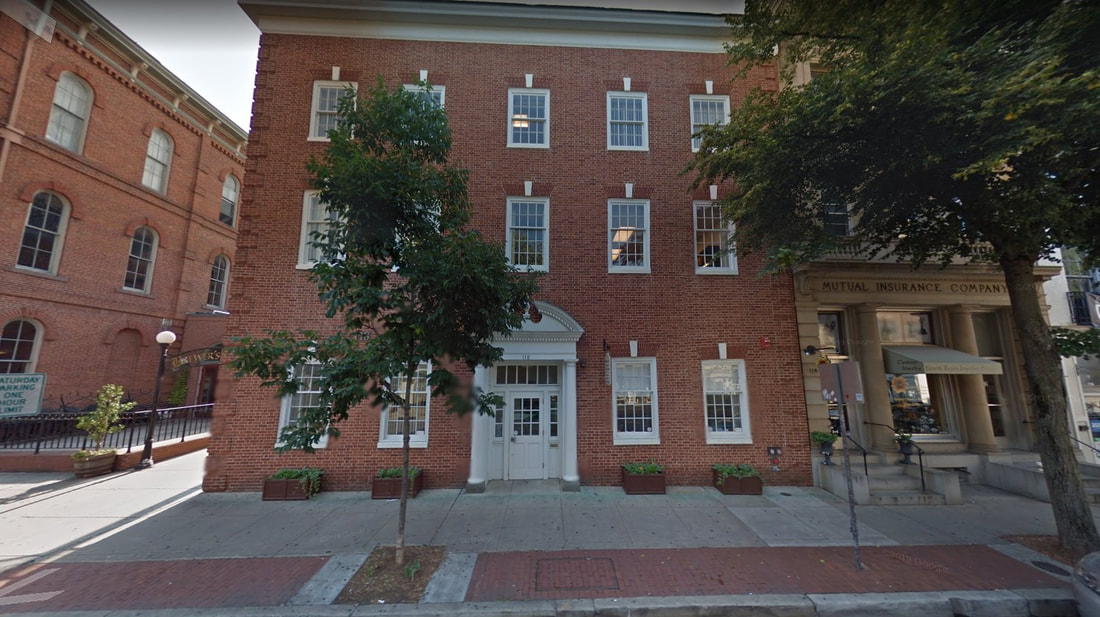
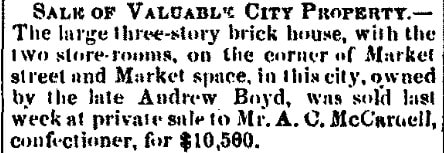
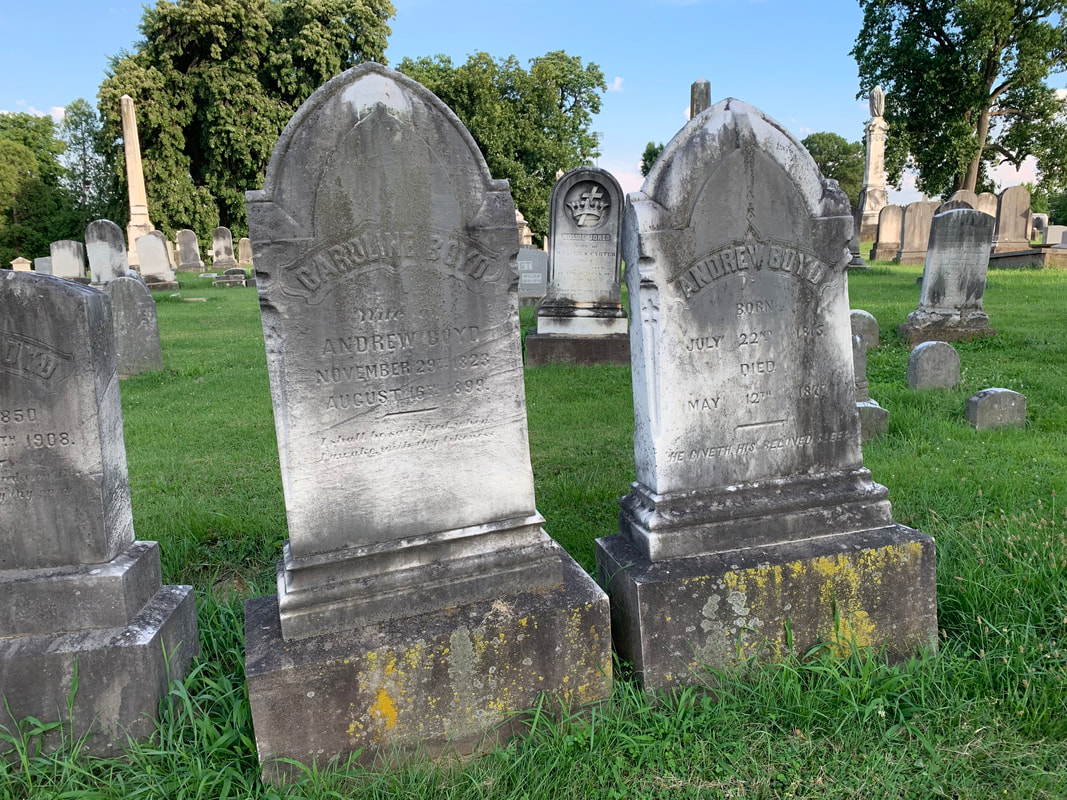
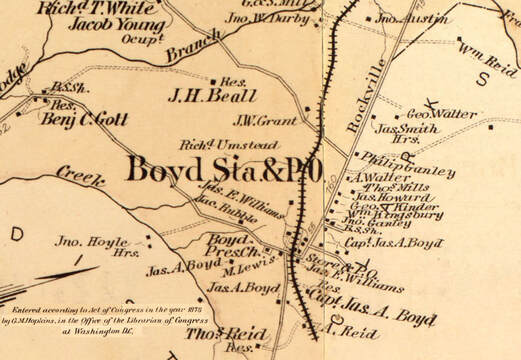
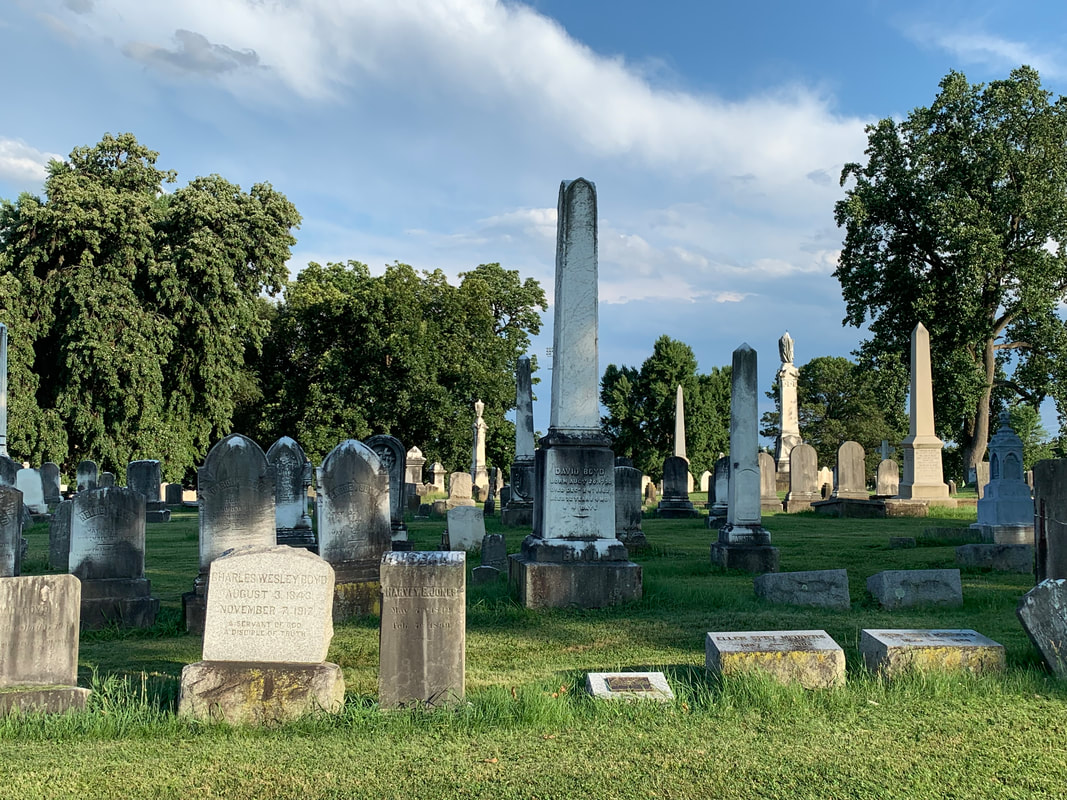

 RSS Feed
RSS Feed